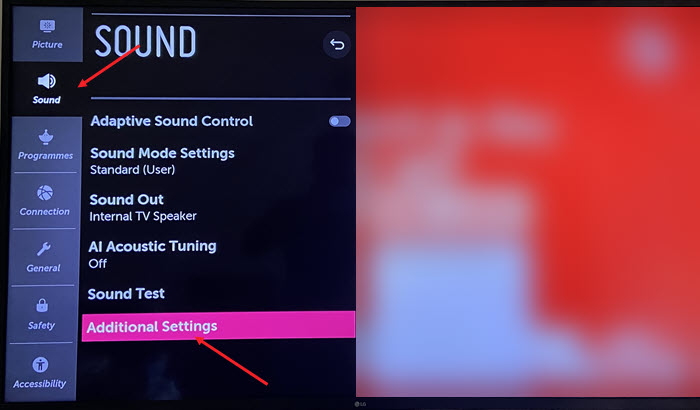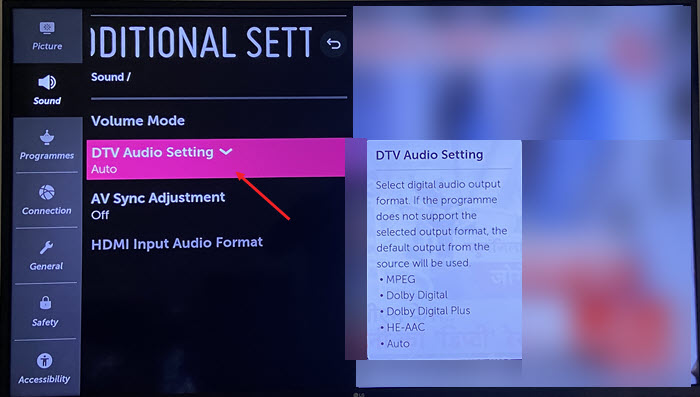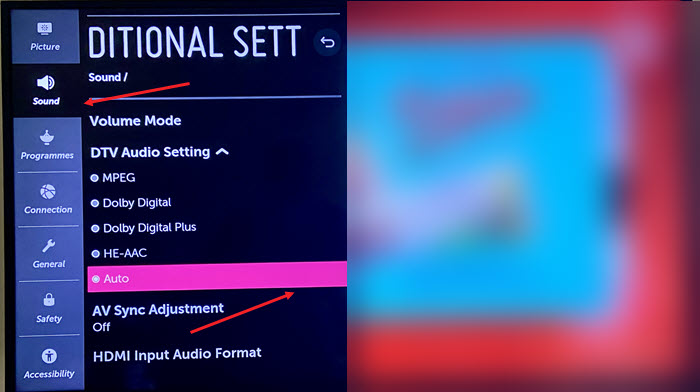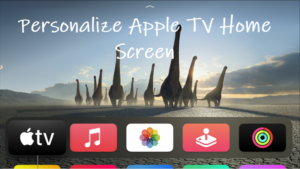Ever been jolted out of your seat by a sudden loud commercial while enjoying your favorite show? You’re not alone. The “quiet loud” phenomenon in streaming commercials poses a real challenge to viewers on LG TVs. But what can be done to enhance your viewing experience? Obviously, the answer to it is to quiet loud streaming commercials. This article dives into the nuances of audio levels in streaming ads, evaluates LG TV’s sound features, and offers insights into how both viewers and advertisers can navigate this tricky landscape.
Shedding light on the ‘Quiet Loud’ Phenomenon
The inconsistency in sound levels between program content and commercials is not just a minor annoyance; it fundamentally disrupts the viewing experience. The problem is pervasive. A staggering 70% of viewers report that abrupt loud commercials can ruin their immersion and enjoyment of the content. Although regulations like the CALM Act (Commercial Advertisement Loudness Mitigation Act) mandate that commercials should match the programming volume, enforcement often varies across platforms, allowing this disruptive issue to persist.
In recognition of viewer complaints, many streaming services are increasingly adopting volume normalization techniques. This means they are turning down the volume of louder ads to fit within an acceptable range compared to the program itself. Volume normalization aims to provide a smoother auditory experience, but not all platforms maintain this standard uniformly. Subsequently, viewers express their frustrations on platforms like Reddit, questioning whether the loud commercial interruptions will ever cease.
Overview of LG TV Sound Control Features
What about LG TVs specifically? Thankfully, they come equipped with robust sound control options designed to help manage the disruption caused by loud commercials. Key features include Dynamic Range Control and Auto Volume Leveling. During initial use, I found these features to be quite helpful; experimenting with my LG TV’s sound options yielded a noticeable difference in audio clarity and consistency.
How to Quiet Loud Streaming Commercials on LG TV:
Grab your TV remote and press the Settings button, the one that looks like a little cogwheel.
From there, choose All Settings, then scroll down and open the Sound section.

Next, go to Additional Settings.

Find DTV Audio Settingl (or Auto Volume Adjustment on some TVs).

Once you see it, just switch the toggle to On.

This feature will enable control over the dynamic range of audio, making quiet sounds more discernible while balancing louder moments.
While many LG TV owners express satisfaction with these settings, some recommend manually adjusting the configurations for optimal control. Personally, tinkering with these features improved the quality of my viewing sessions considerably.
Consumer Insights on Audio Preferences
Consumer feedback is revealing. According to a Nielsen survey, 77% of respondents indicated a preference for platforms that ensure consistent audio levels throughout programming and ads. This insight underscores the pressing need for improvements in maintaining high-quality content delivery during ad breaks. As an avid viewer, it is disheartening to see standards fall short in this area.
Benchmarking LG Against Competitors
When evaluating LG TVs on this front, it appears they are slightly lagging compared to brands like Samsung and Sony. An internal benchmark study revealed that LG users report a moderate satisfaction level of 61%, which pales in comparison to their competitors who have adopted more effective sound quality measures. For instance, Samsung boasts advanced voice clarity features, which minimize the disruption caused by loud commercials, while Sony’s sound optimization technology also offers similar benefits. This leaves LG in a position where it must improve to keep up with the competition.
Best Practices for Advertisers
From an advertiser’s perspective, understanding viewer frustrations can lead to more effective engagement strategies. Advertisers should consider implementing the following best practices:
- Ad Format Optimization: Ads should be created with volume settings designed to match surrounding content.
- Engagement Techniques: Utilize visually compelling and engaging content that can hold viewer interest even at lower volumes. Oftentimes, captivating visuals can compensate for diminished auditory engagement.
Future Trends and Viewer Expectations
Looking ahead, it is quite clear that today’s viewers are seeking more seamless audio experiences. As more households gravitate toward ad-free streaming services, advertisers must adapt to these shifts or risk alienating their audiences altogether. A growing push for improved audio management technologies suggests a promising future for sensible practices in advertising audio.
Conclusion: Value Summary
In summary, the “quiet loud” phenomenon in streaming commercials continues to mar the viewing experience, particularly for LG TV owners. While the sound control features provide several tools to mitigate this annoyance, more comprehensive solutions are required from both streaming platforms and advertisers. By leveraging LG’s existing audio capabilities and advocating for stricter regulations, we stand to make progress towards enjoyable and uninterrupted viewing experiences. Ultimately, enhancing the quality of our entertainment hinges on our collective efforts to redefine expectations for audio consistency.
In a world where our viewing experiences are paramount, let’s strive for improvements that elevate our time spent in front of the screen. After all, we deserve nothing less than a captivating and peaceful viewing experience.







